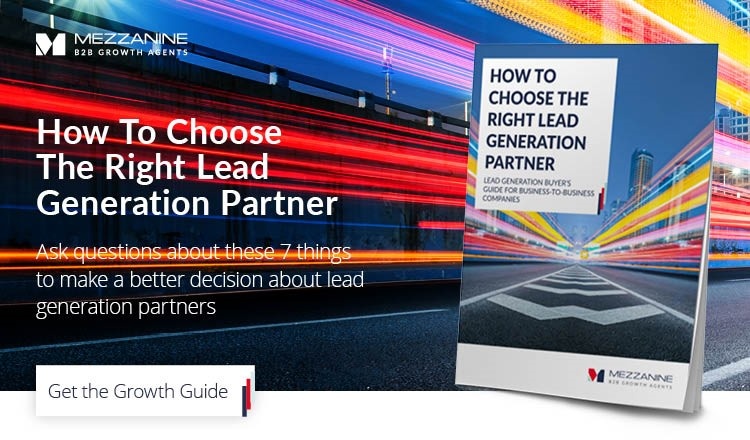8 Ways To Improve Distributor Performance

Many B2B companies sell through distributors and know the relationships they have with them are key to increasing revenues. However, what most B2B companies don’t do a great job of is communicating, educating, and engaging their distributor community.

Here are 8 ways that B2B companies can build relationships with their community and improve distributor performance:
1. E-mail program
Develop an e-mail marketing program for communicating regularly with distributors.
Include scheduled e-newsletters and single e-mail messages that share news on product launches, upcoming conferences, new marketing materials and other information.
Keep your distributors informed on what’s happening, what’s coming, and let them know you’re responding to their needs and requests.
Is email marketing still important? Yes. Here's why.
2. Case studies
Provide your distributors with case studies to help them sell your products by illustrating examples of where and how your product worked well in specific target markets.
Case studies allow you to get your key points and key messages across.
Not only do they build credibility with your distributors, they're important tools for distributors in their own selling activities.
For more, Read Why do I need case studies? Here are 3 reasons.
3. Product launch packages
Give your distributors the product information they need to present your products to their customers.
Ensure your distributors are regularly updated with product collateral (technical data sheets, demos) and when launching new products prepare a launch package. In addition to product information, these packages may contain an overview of the activities you are undertaking to launch this product in the marketplace.
Read: Triple Your Product Launch Success with a Formal Product Launch Plan
4. Conferences
Schedule a regular sales conference that brings together all of your distributors.
Conferences serve as great platforms for launching new products, discussing company updates, educating distributors on new technology and reviewing systems and processes.
5. Relationship nurturing
Depending on the distributor’s business structure, it’s important to develop relationships at several levels within your distributors (e.g. CEO to CEO, sales rep to sales rep).
One-on-one relationship building fosters in-depth discussion and will provide greater insight into the wants and needs of distributors.
6. Webinars
Regular webinars are a great way to keep the lines of communication open with your distributors.
Topics may include training, a video tour of the company (for those distributors who haven’t had the opportunity to see the facility), new products and emerging technology. Remember to leave some time for Q&A.
Read Webinars 101 for more guidance on how to use webinars for lead generation.
7. Distributor portal
In addition to a customer log-in section you may have on your website, set up a secured distributor portal. This can serve as the hub for all of your sales collateral, pre-recorded webinars, pricing and training materials. For distributors, it gives them an all-access pass to the materials they need.
8. Feedback
It’s essential distributors know they can share their feedback. Put systems in place to allow distributors to give their suggestions and requests. Reinforce these systems at conferences, during conference calls and in email correspondence.
.png?width=2361&height=488&name=Mezzanine%20Logo_Horiz_RGB_on%20blue%20(1).png)

